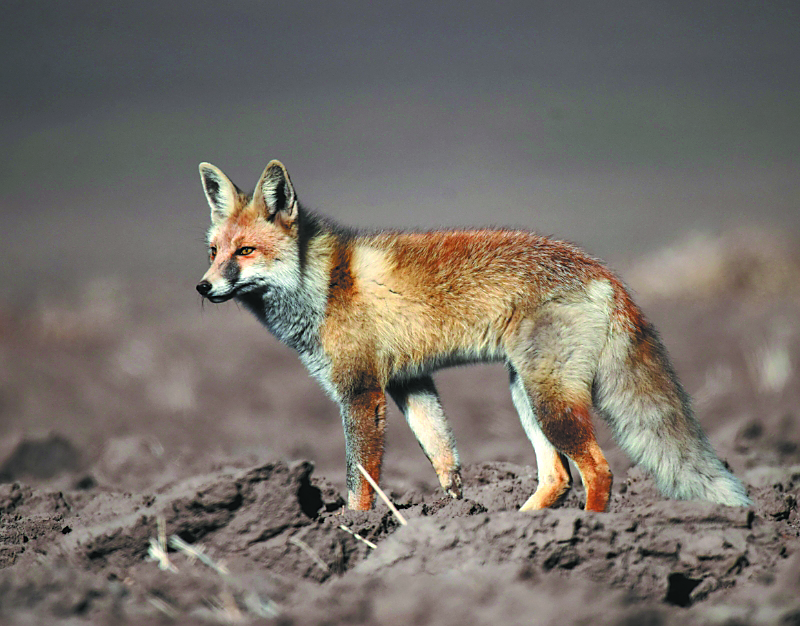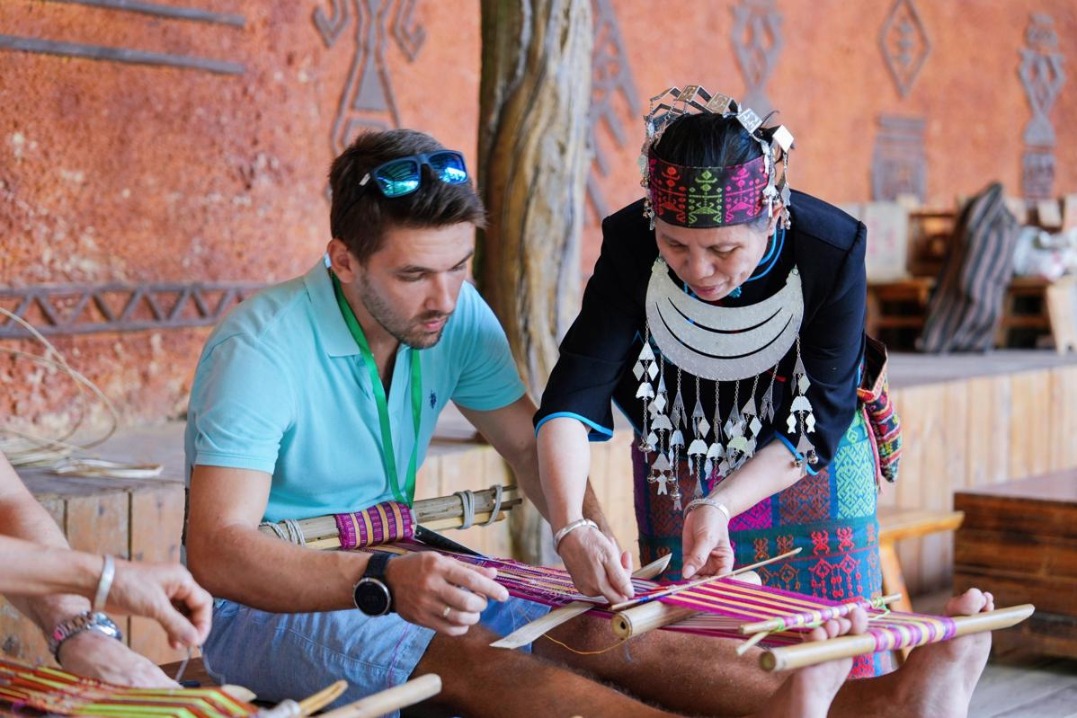Animals get a second chance at life
Rescue center fosters injured creatures before releasing them


According to Ma, 70 percent of injured raptors can be saved, while young ungulates have a nearly 100 percent survival rate. But deer, especially adults, are very difficult to treat.
These animals are extremely timid and highly alert, which means they have intense stress responses and don't cooperate well during rescue, he said.
As part of the recovery, Ma said, they strictly adhere to the principle of feeding without taming, and make tailored release plans.
For adult animals, the sooner they are released the better; this helps reduce their dependence on food provided by humans and their interaction with humans, Ma said.
However, it's much more difficult to release juvenile raptors and herbivores. Young herbivores tend to become attached to humans, Ma said, adding that raptor chicks require a rehabilitation period of at least three months before they are ready to be released.
"Although not all the rescued animals can be released, returning them to the wild is always our ultimate goal."
To Ma, release is the most rewarding moment. "Captive animals have dull eyes, as if they're just living mechanically. Once they're in nature, their gaze comes alive, you can see the light in their eyes. The wild is where they truly belong."
So far, 43 animals across 17 species have been successfully released back into the wild from the station, and over 50 animals are still under care.
Though the station has made significant progress, it faces practical challenges, including limited cages, insufficient training facilities for large birds, and a special management area for the snow leopard. What's needed most, Ma said, is technical support and professional talent.
Before joining the station, Ma was an observer and researcher of wild animals. With an academic background in zoology, he spent nearly a decade trekking through mountains to document distribution, migration patterns and reproductive behaviors of wild animals.
In July 2023, Ma joined the station and became a front-line wildlife rescuer. For every animal brought to the station, he must accurately identify the species and understand its behavior in order to develop a tailored rescue-and-release plan.
























